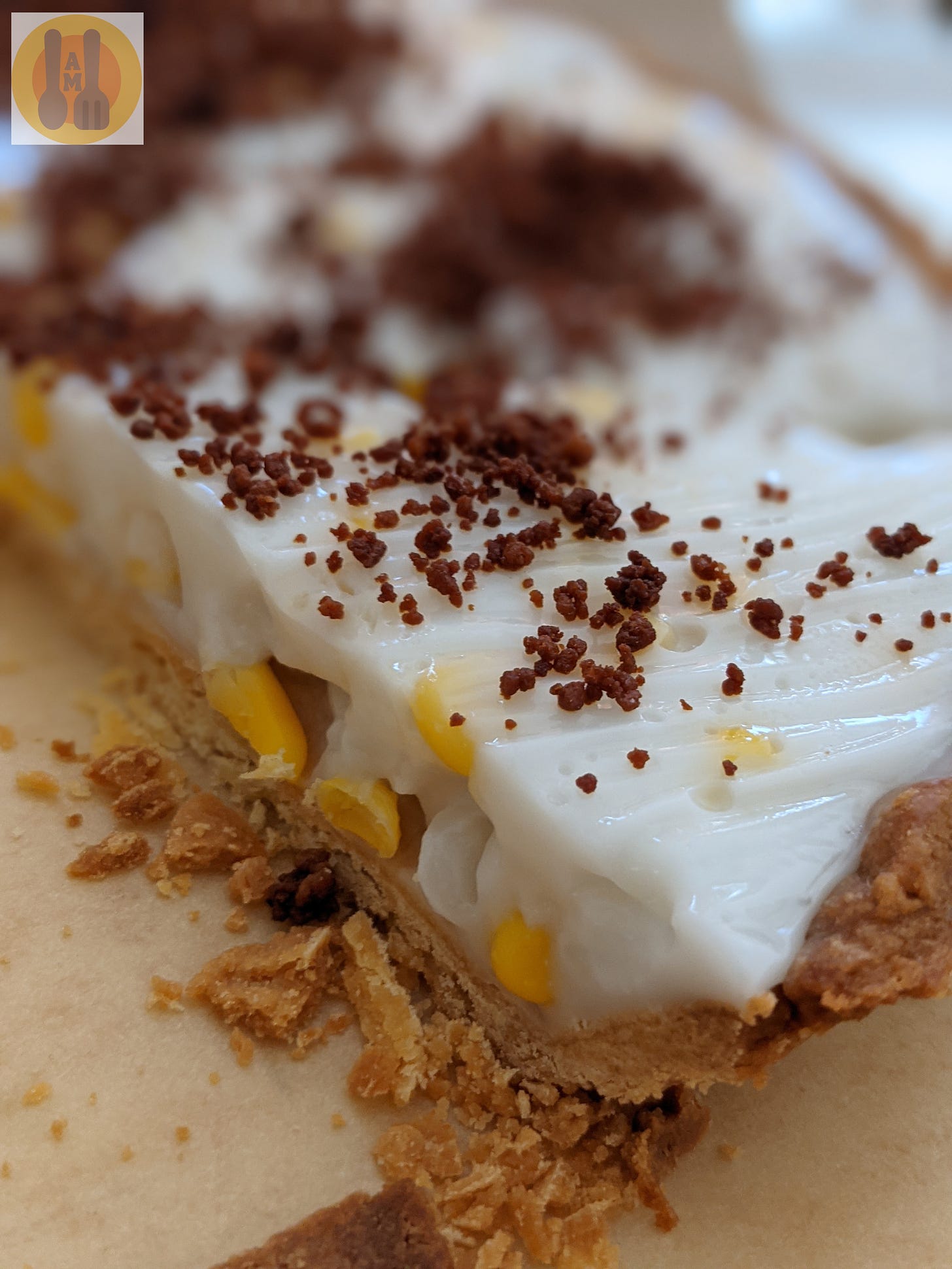Remember those days of chat rooms in Yahoo and MSN? This made me laugh. Out loud. Feels like its from ancient times! Now its all about group chats and social media community groups!
Because we have family and friends overseas, from Manila to the US, Japan to Canada and other parts in between, I have family groups chats in Viber, WhatsApp and Messenger. And these are constantly busy, especially during special occasions like birthdays and Christmas. The updates range from sharing photos, good news such as so and so graduated, or not so good news. I’ve muted all of these notifications from my phone when I woke up one day with 150+ missed messages from just one of the family group chats. Goodness me. So I browsed and read through all of them, added an emoji here and there, replied, commented, created a new message! Group chats are like parties. You’re right there in the middle of the merriment, and you can choose to mingle, chat with a few people, walk up to another family member, or friend. Then, find a quiet seat and just eat. Or watch.
Did you know a group text is called a…. grext?There’s an article in the Atlantic about the Group Chat Culture and it cites WhatsApp as the most popular messaging service worldwide with 2.5 billion active users from 2012 to 2023! Incredible!
We live in a day and age of digital communication and it’s the greatest thing! It is the greatest human invention! Connection is instantaneous. Even if the responses are delayed, it’s comforting to have something, someone to connect with every minute of every day.
I remember during my younger years (maybe 6 or 7 years old me) back in the Philippines when overseas calls cost an arm and a leg, my parents would prepare the cassette tapes and player and record the festivities - whether its birthdays or Christmas and New Year celebrations. We would be recording everything that’s happening using a cassette tape - the buzz while cooking, the merriment during meals, ensuring to articulate in loud voices what’s on the table and who’s in the room and of course, mentioning the names who would be listening in from the other side of the globe. These would then be sent to relatives in the US, by snail mail/post, where they would play it back and I’m guessing imagine themselves being part of the merriment back home. Thinking of this now, I wonder if these tapes are still around. Phones and overseas calls were such a novelty back then, and today it’s just one of many channels for connection!
I’m part of a Facebook group in my suburb, where I’m what you’d call a lurker. I’m just there, checking out posts daily. There’s the usual call out for recommendations for: tutors, plumbers, electricians, gardeners, hair dressers, best schools, best eats, someone giving away their overgrown branches of basil, thyme, plants etc. But there are odd times when I actually learn something useful. Like in one post, this lady asking for recommendations for a “reliable plumber that’s not too expensive to help them install some new bathroom fittings” and … one post-er said that Sydney Water offers residential services for a call-out fee of $30!!! Of course I had to google and yep - bookmarked that site!
The other day, someone posted asking where they can dispose of a dead owl they found in their backyard (we live in an area in Sydney metropolitan surrounded by bushland so wildlife can be easily lost amongst the suburban homes - did you ever watch Over the Hedge?). There were a few responses and of course I now know that that the Australian Museum actually accepts donations of dead birds as part of their effort to preserve and document Australian wild bird specimens. Fascinating!
From the same thread, a post-er added it could be a result of the 1080 poison that’s been distributed across the local bushland to get rid of wild foxes and dingoes. (insert shock emoji here). Since the first week of October, warning signs around the large bushland that surrounds our area had these signs and they haven’t been removed yet, so we have been avoiding the reserve for our usual afternoon walks. It turns out, there’s a coalition against the use of this poison as it is indiscriminate and can affect other local wildlife. I’ve signed the petition by MP Emma Hurst of the Animal Justice Party here.
Now back to the recipe for this week!
Maja Blanca or Maja Mais, is a classic Filipino sweet dish. Can be eaten for merienda (morning/afternoon tea), or maybe as a dessert. Traditionally, it is made with coconut milk and corn kernels, with the consistency similar to pudding. The gelatine-like texture comes from the addition of corn starch, which makes this dish vegetarian! Across the regions in the Philippines, there are varieties of this dish. The most similar is tibok tibok from the Pampanga region, where fresh carabao’s milk is used with rice flour. It’s also known as dudul in the Ilocos region. There is also a variation of this dish using ube (purple yam) called Ube Maja.
In Spain and some countries in Central and South American countries, the manjar de leche has a close resemblance to the maja blanca where milk is a main ingredient, which explains the etymology of this sweet dessert, as its name can be traced to the Spanish word manjar blanco or white delicacy. The indigenised version of the Philippines’ maja blanca uses coconut milk which is more abundant in many parts of the country.
This is cooked low and slow to create the thick pudding consistency and ensures the maja sets when transferred to the serving dish. Topped with latik (recipe I shared in previous post), or toasted desiccated coconut. Tita Emma, who shared this recipe with me makes these at all the family parties and during fiestas in our home town.
I adapted this recipe to create a tropical tart and it actually works! And to make it easier, simply use store-bought sweet pastry (see tips) or if you have a fave tart shell recipe, go for it!
Maja Blanca v Tart
Equipment and ingredients
1 - 20 cm fluted tart or pie tin
1-2 sheets of sweet pastry
1 cup sugar
1 cup cornstarch
250 ml milk (fresh or whole milk)
250 ml evaporated milk
500 ml coconut milk
1 x 410g can sweet corn kernels, drained
How to make Maja Blanca
Preheat the oven to 180*C
Brush lightly with butter, or line with baking paper a 20cm fluted tart or pie tin.
Blind bake the pastry for 10 minutes or until golden. Set aside to cool.
In a mixing bowl, whisk together the corn starch and sugar. (This step ensures the corn starch is lump free and evenly distributed when added to the warm mix.). Set aside.
In a separate bowl, mix the corn starch-sugar mixture with the fresh milk, whisking until fully incorporated. (you will have the consistency of white thick paste).
Using a large deep pan, add the coconut milk and evaporated milk and turn heat to high. Once the mixture boils, turn down the heat to a low simmer.
Slowly add the corn starch-sugar mixture into the warm milk and continuously stir with a spatula until the sauce thickens, avoiding the pudding to stick to the bottom of the pan. (The mixture will appear lumpy and that's fine. The consistency is like a thick pudding.)
Add the sweet corn kernels and continue stirring until the corn is well distributed in the pan
Spoon the pudding onto the cooled tart shell, and smooth the top with a spatula.
Chill in the refrigerator for at least 1-2 hours or until set.
Top with latik (recipe shared in previous post) or toasted desiccated coconut.
Run a sharp knife in hot water, and slice the tart into portions for serving.
Tips:
Use good quality store-bought sweet pastry for a short-cut version. Ensure to blind bake till golden. After removing the baking weights or beans/rice, brush the tart shell with butter. This seals the pastry and will prevent from getting soggy once the pudding is added.
You can make this dish completely vegan, by substituting the milk/s with more coconut milk or your choice of either soy, almond or any nut milk that has similar consistency and texture.
To make toasted desiccated coconut, you can either dry fry using a pan on the stove, or scatter the coconut on a pan and roast in the oven at 180*C for 10 minutes.
I hope you try and make this dish at home! It’s easy enough like you would make any kind of dessert, plus there’s a lot of good quality ready made pastry these days. There’s definitely no excuse not to try a little bit of the Philippines in your dessert repertoire! And while you’re at it, share it with your group chat! Whichever platform you’re in!




